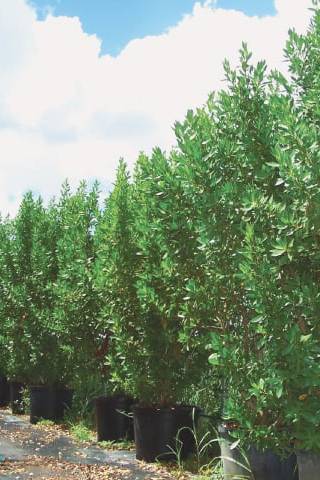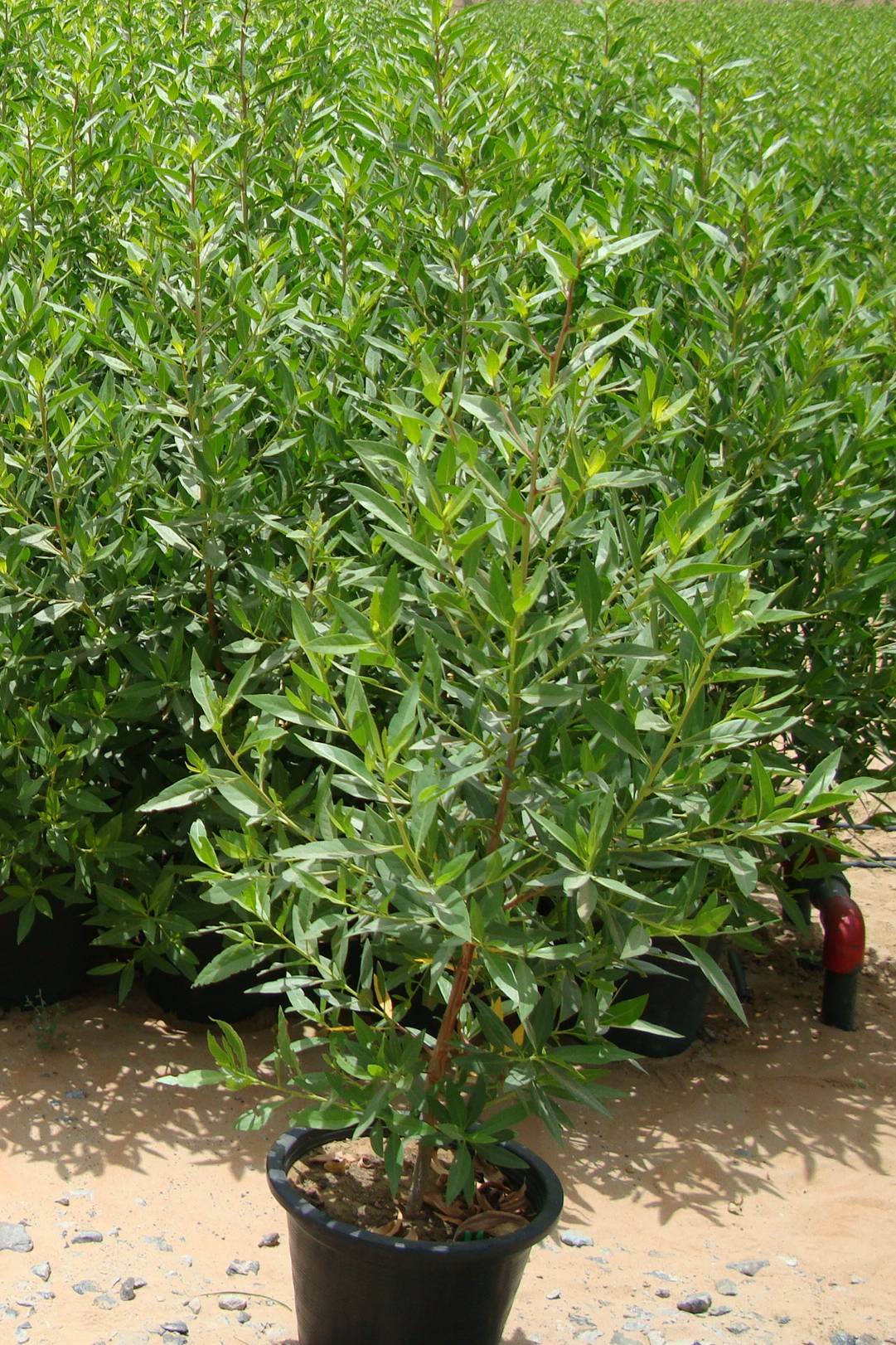Plant Bio
Damas, also known as Conocarpus erectus, is a species of flowering plant in the Combretaceae family. It is commonly referred to as Buttonwood or Silver Buttonwood. Damas is native to coastal regions of the Americas, including parts of North America, the Caribbean, and South America. It is a salt-tolerant shrub or small tree that is often cultivated for its ornamental value and ability to withstand harsh coastal conditions. Here's a description of Damas:
Leaves: The leaves of Damas are small, oval to lanceolate, and alternate along the branches. They are typically leathery in texture, glossy green, and may have a slightly silver-gray underside. The leaves persist year-round in warm climates.
Flowers: Damas produces small, inconspicuous flowers that are borne in dense, terminal spikes or clusters. The flowers are typically greenish-white to yellowish in color and appear sporadically throughout the year, depending on growing conditions.
Bark: The bark of Damas is smooth and gray when young, becoming rough and fissured with age. The trunk and branches may develop interesting patterns and textures over time.
Fruit: The fruit of Damas is a small, woody capsule that contains one or two seeds. The capsules are typically brown or reddish-brown in color and may persist on the tree for some time after maturing.
Size: Damas can vary in size depending on growing conditions and cultivars. It typically grows as a multi-stemmed shrub or small tree, reaching heights of 10 to 30 feet (3 to 9 meters) with a similar spread.
Care Guide for Damas (Conocarpus):
Sunlight:
Plant Damas in a location that receives full sun to partial shade. It thrives in bright, direct sunlight and is well-suited to coastal environments with exposure to salt spray and strong winds.
Temperature:
Damas is tolerant of a wide range of temperatures and can withstand both heat and cold extremes. It is hardy in USDA zones 10-11 and may require protection from frost in cooler regions.
Soil:
Provide well-draining soil with a sandy or loamy texture. Damas is adaptable to a variety of soil types, including poor or saline soils, as long as they are well-drained. It is tolerant of alkaline soil conditions.
Watering:
Water Damas regularly, especially during the establishment period, to encourage deep root growth. Once established, it is moderately drought-tolerant and requires less frequent watering. Avoid overwatering, as it can lead to root rot.
Fertilization:
Feed Damas with a balanced, slow-release fertilizer formulated for shrubs or trees in spring, just before the start of the growing season. Follow the manufacturer's instructions for application rates and frequency.
Pruning:
Prune Damas as needed to maintain its shape, remove dead or damaged branches, and promote air circulation and sunlight penetration within the canopy. Pruning can be done in late winter or early spring before new growth begins.
Mulching:
Apply a layer of organic mulch, such as shredded bark or compost, around the base of the tree to conserve moisture, suppress weed growth, and regulate soil temperature. Keep the mulch several inches away from the trunk to prevent rotting.
Salt Tolerance:
Damas is highly tolerant of salt spray and saline soil conditions, making it an excellent choice for coastal gardens, beachfront landscapes, and roadside plantings. It can withstand exposure to sea breezes and occasional flooding with brackish water.
Pest and Disease Control:
Damas is relatively resistant to pests and diseases, but occasional issues with scale insects, mealybugs, or fungal diseases may occur. Monitor the tree regularly and treat any problems promptly with appropriate insecticides or fungicides.
Propagation:
Propagate Damas from seeds or semi-hardwood cuttings taken in spring or early summer. Seeds should be sown fresh and kept moist until germination occurs. Cuttings should be treated with rooting hormone and planted in a well-draining rooting medium.
With its attractive foliage, salt tolerance, and ability to withstand coastal conditions, Damas is a versatile landscaping plant suitable for a variety of settings. It can be used as a specimen tree, hedge, windbreak, or erosion control plant in gardens, parks, and urban landscapes. Adjust care practices based on your specific growing conditions and the needs of the tree.









